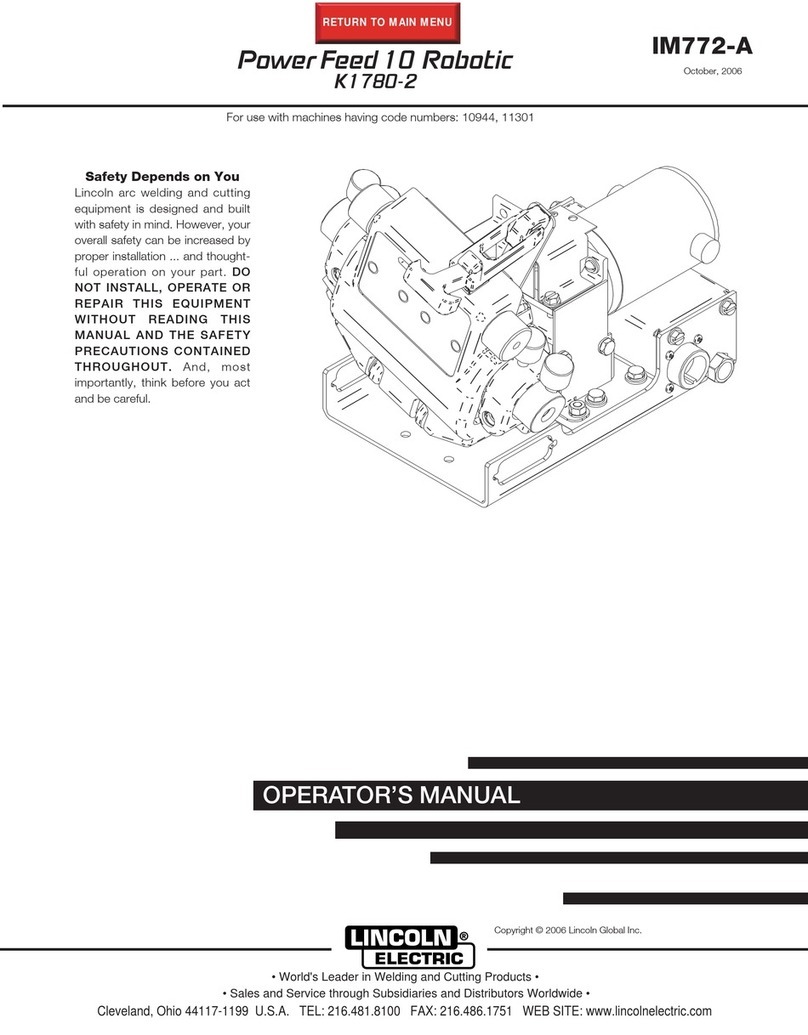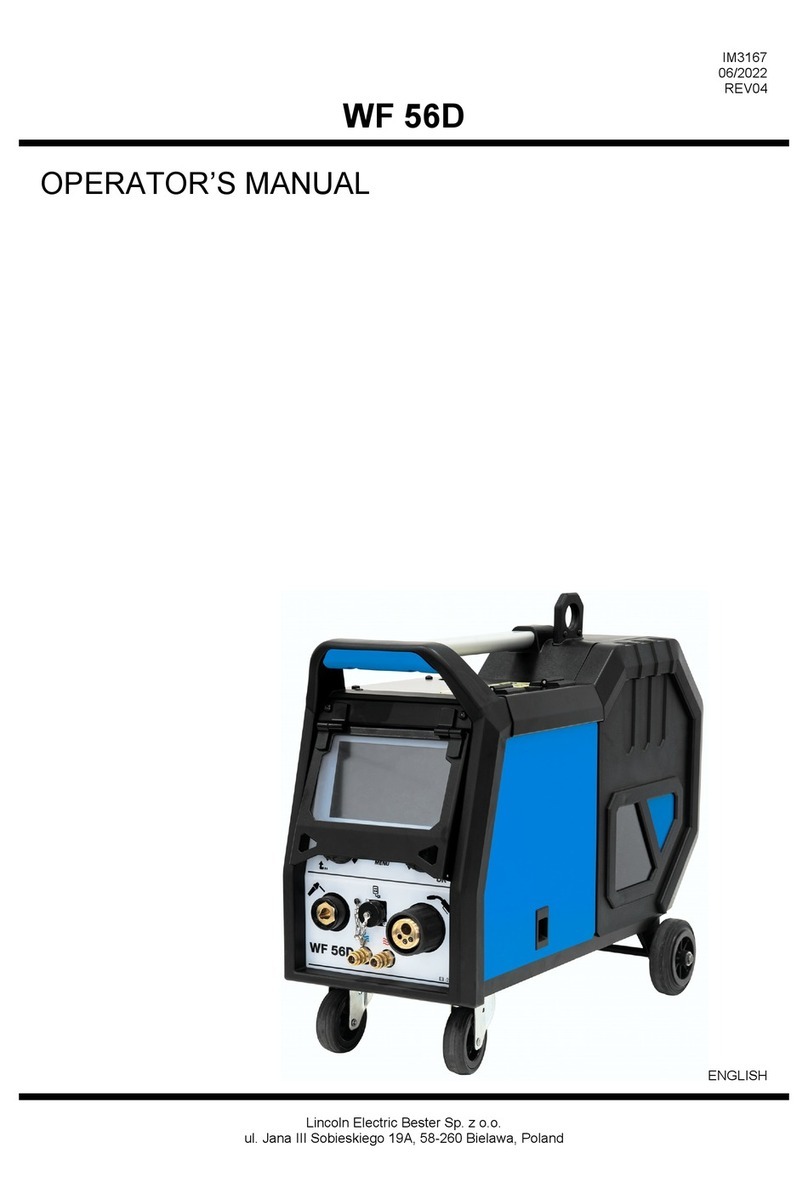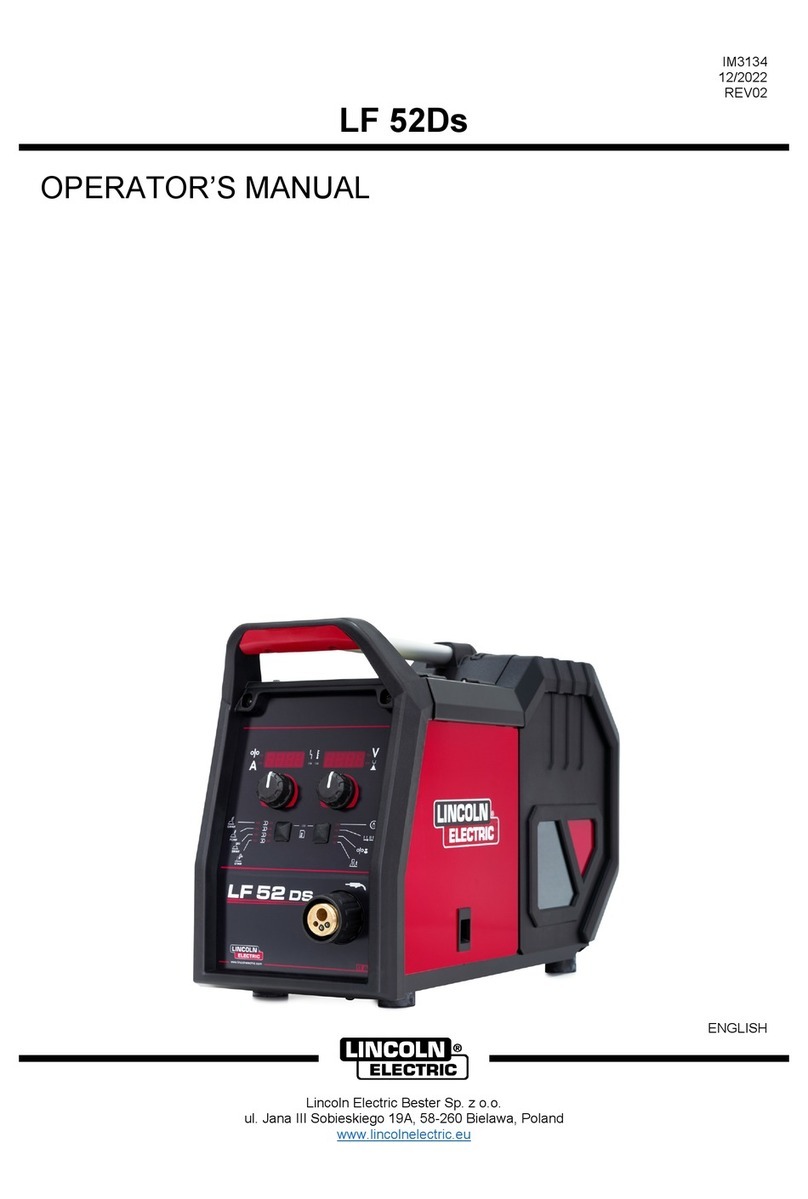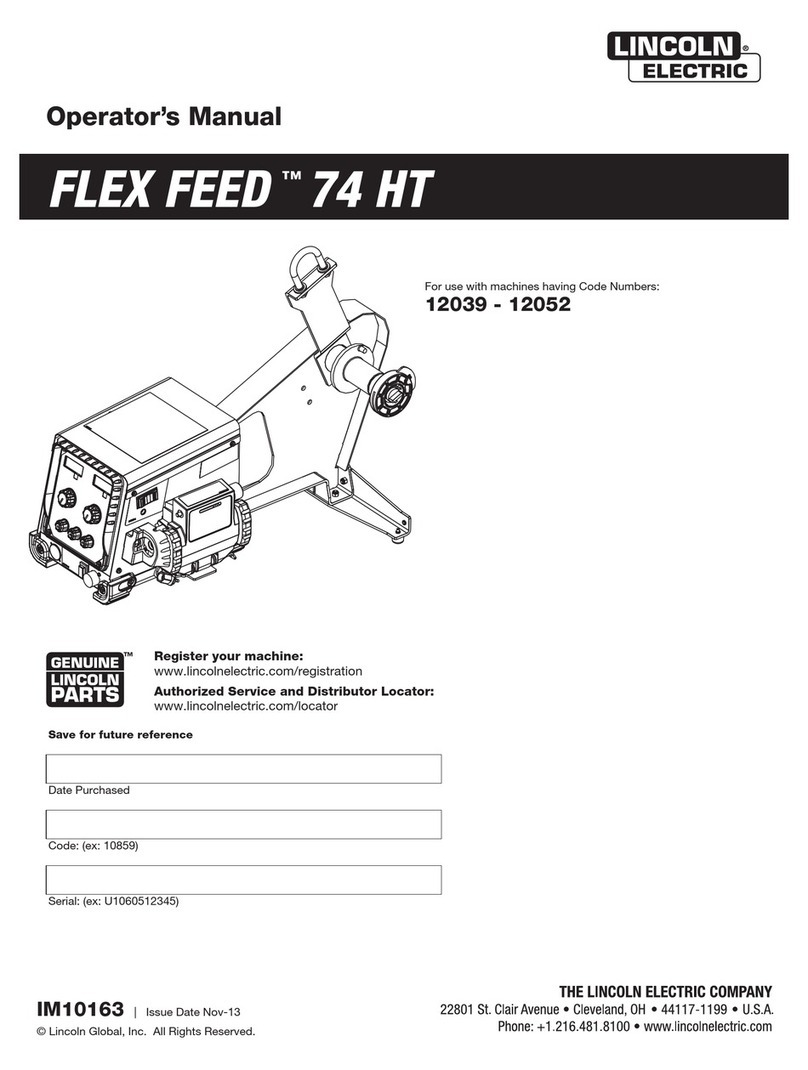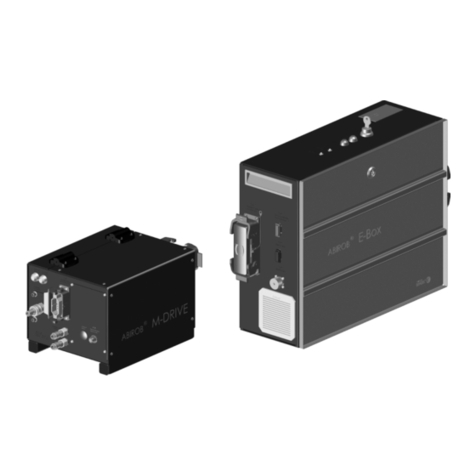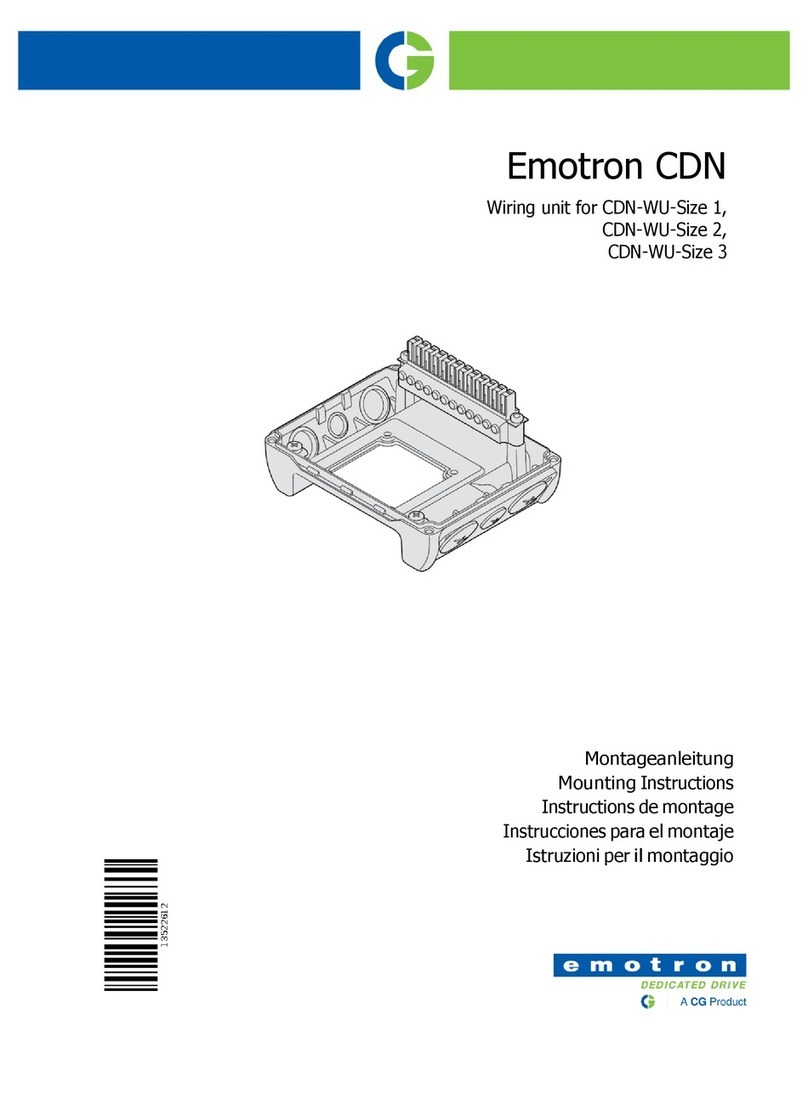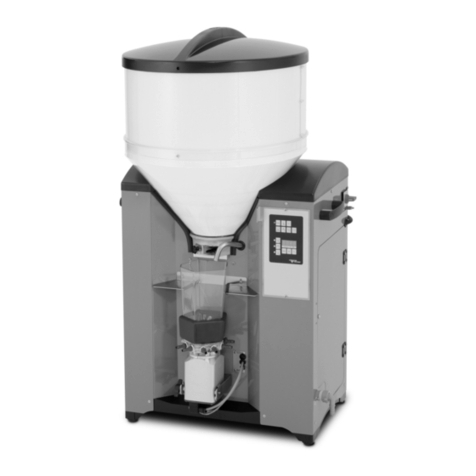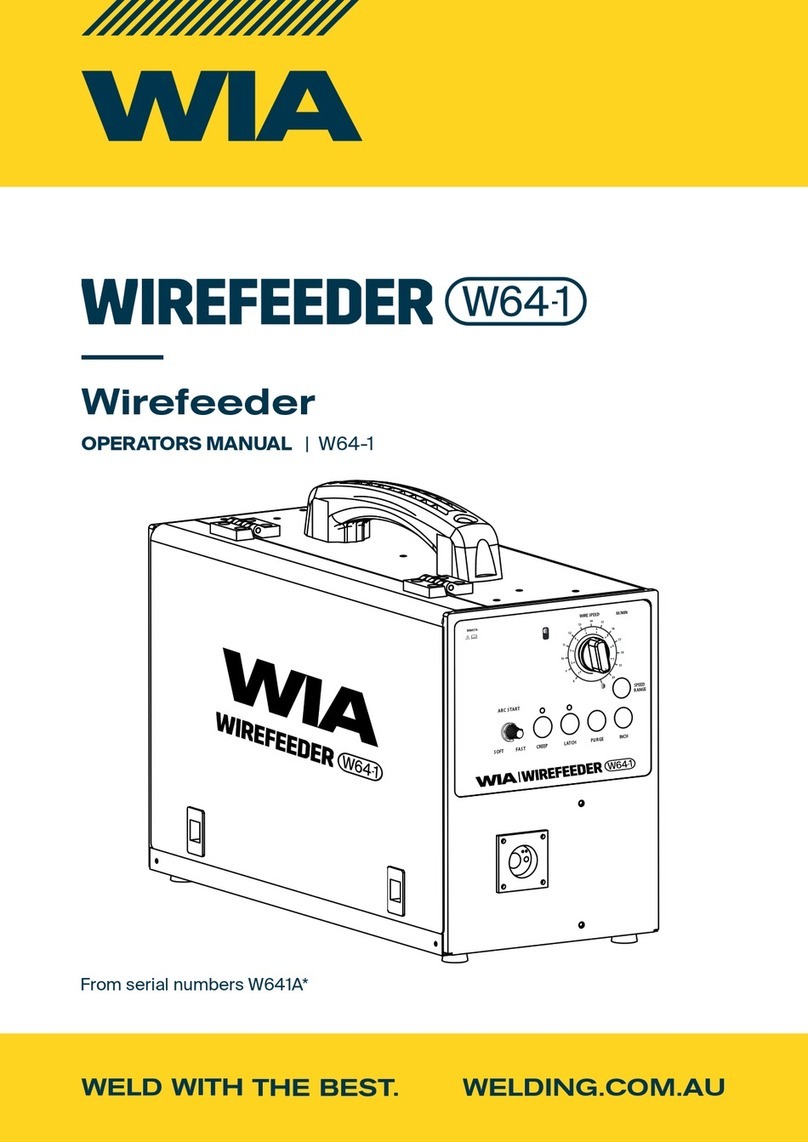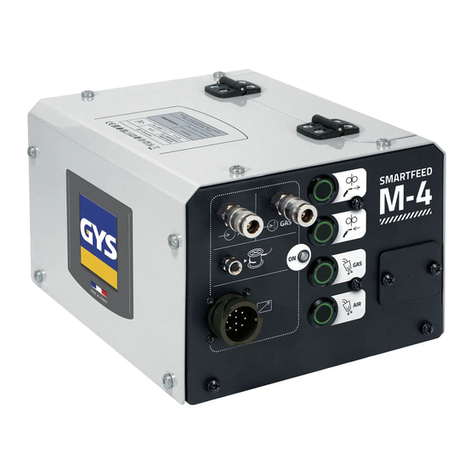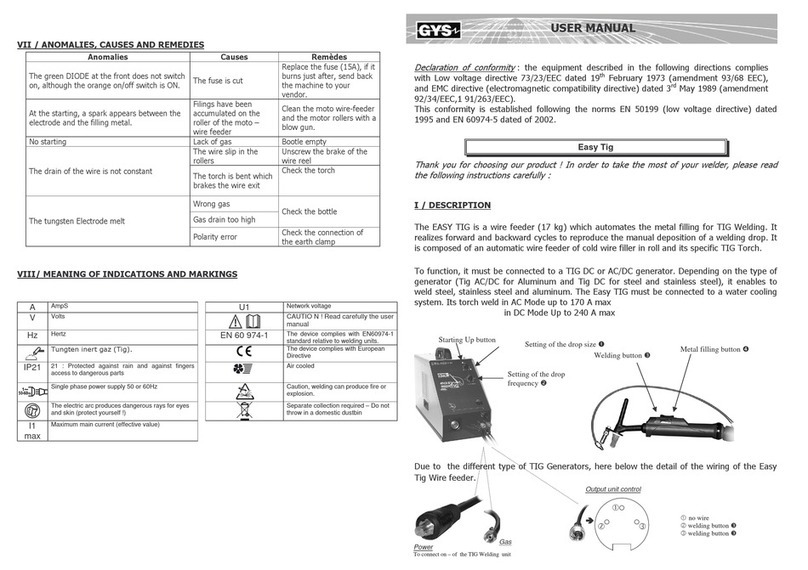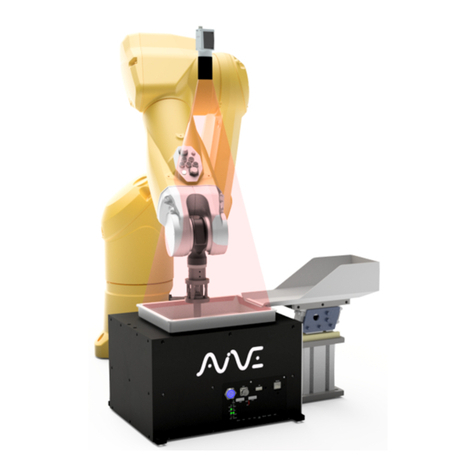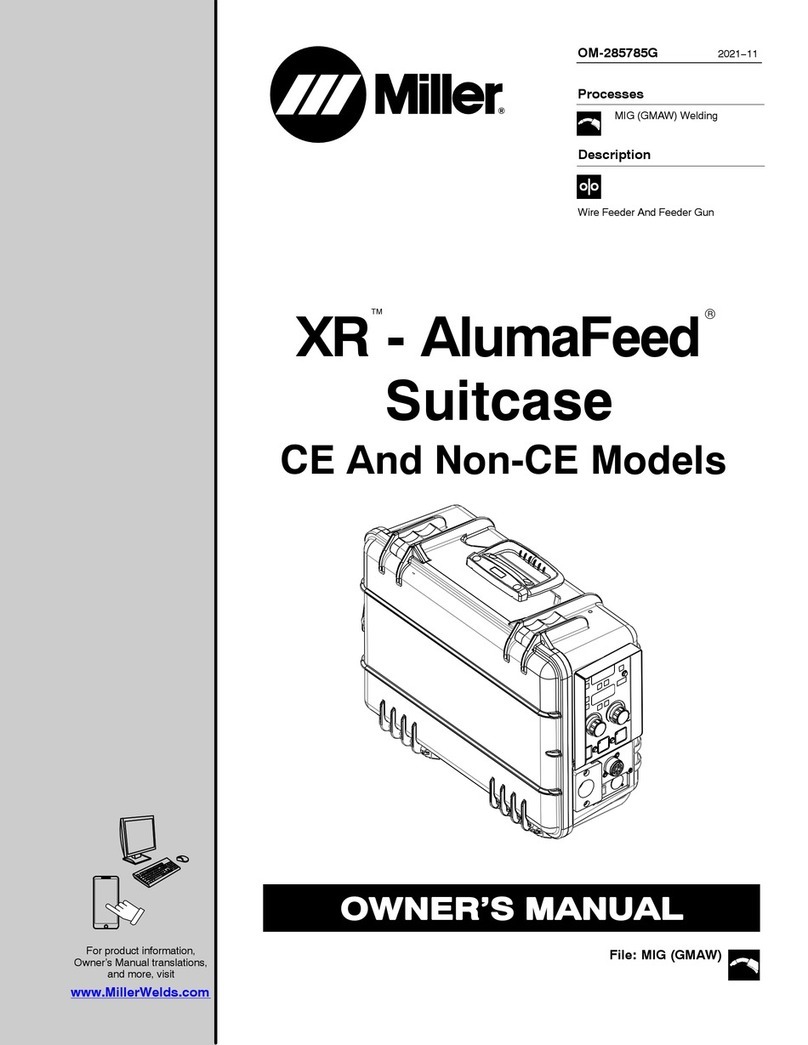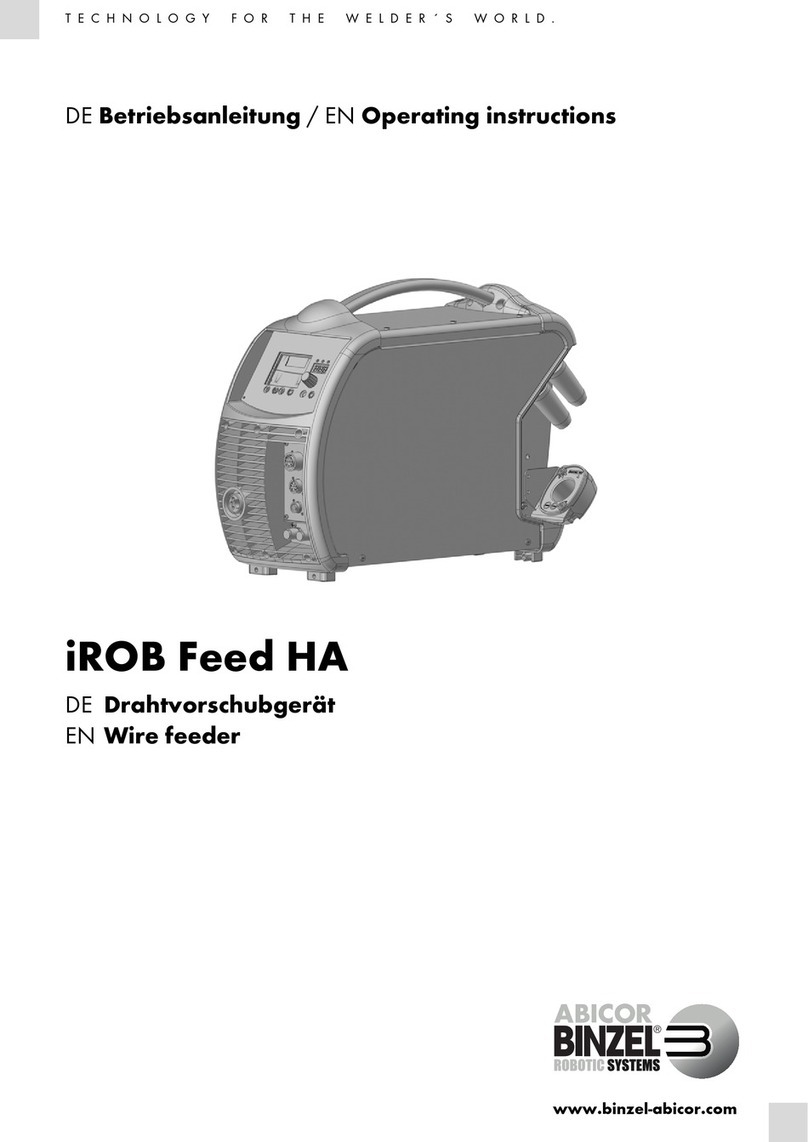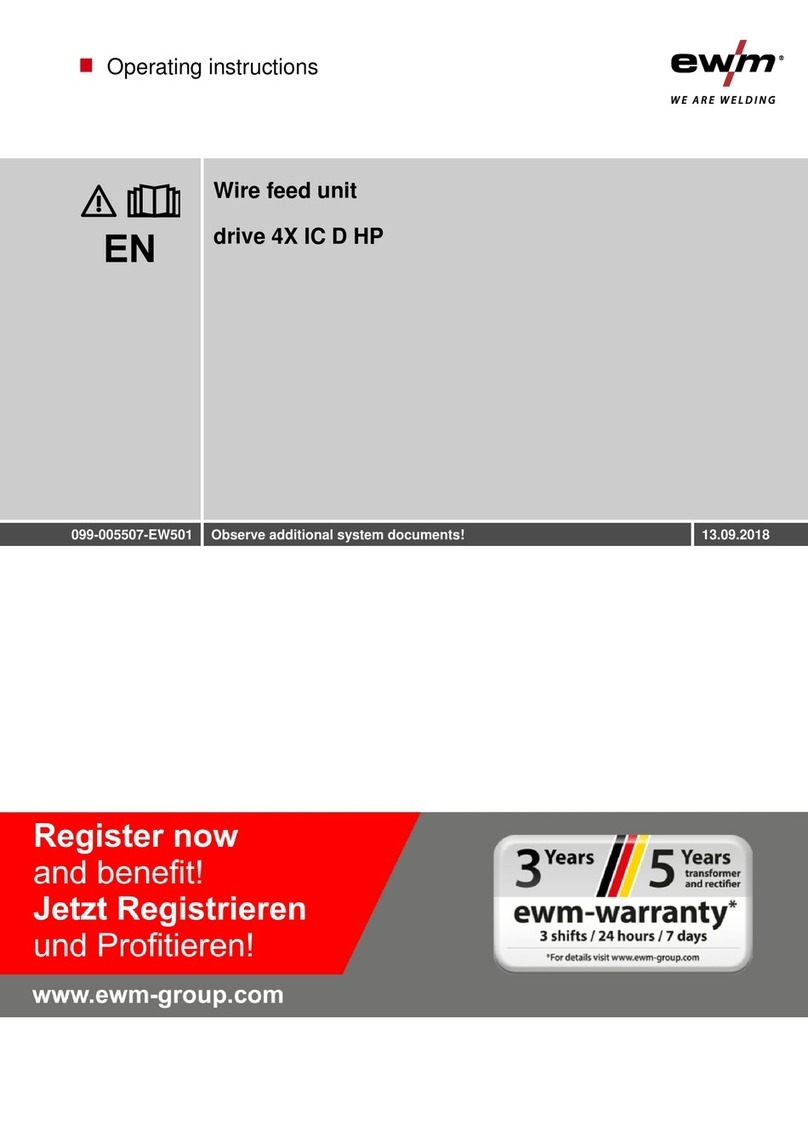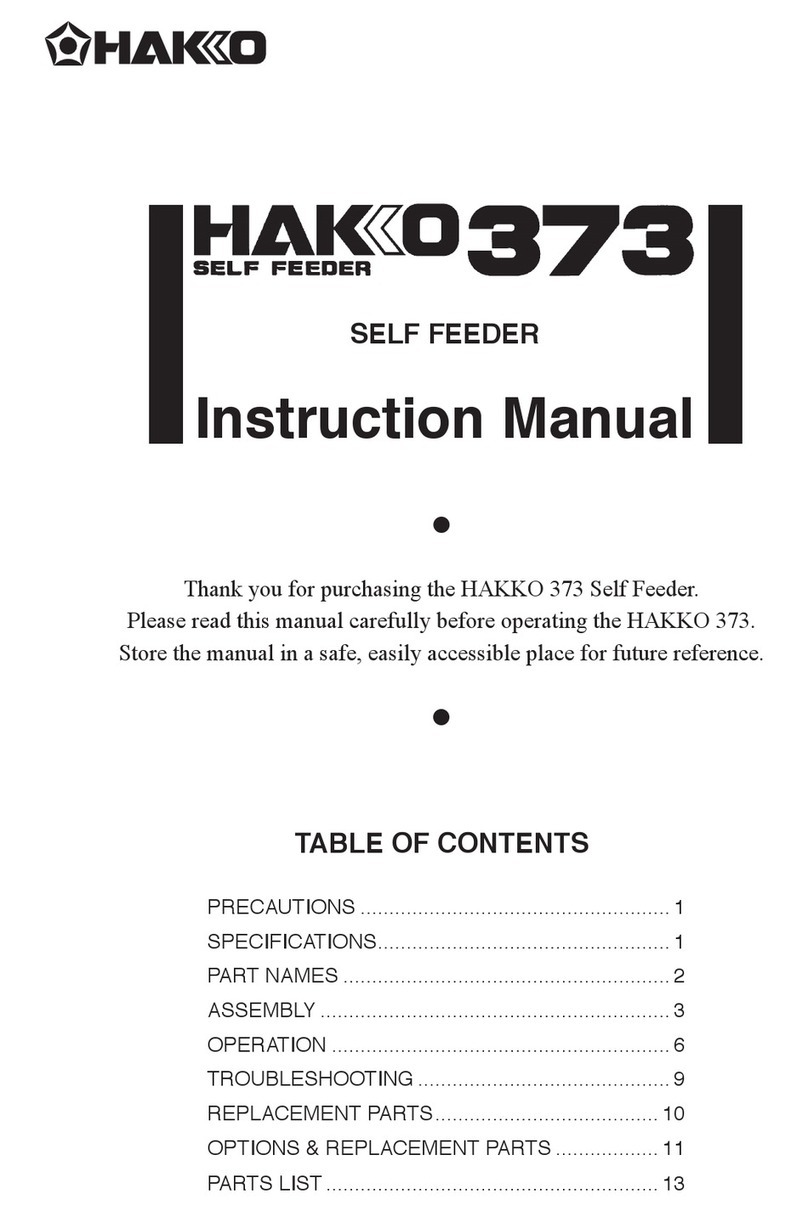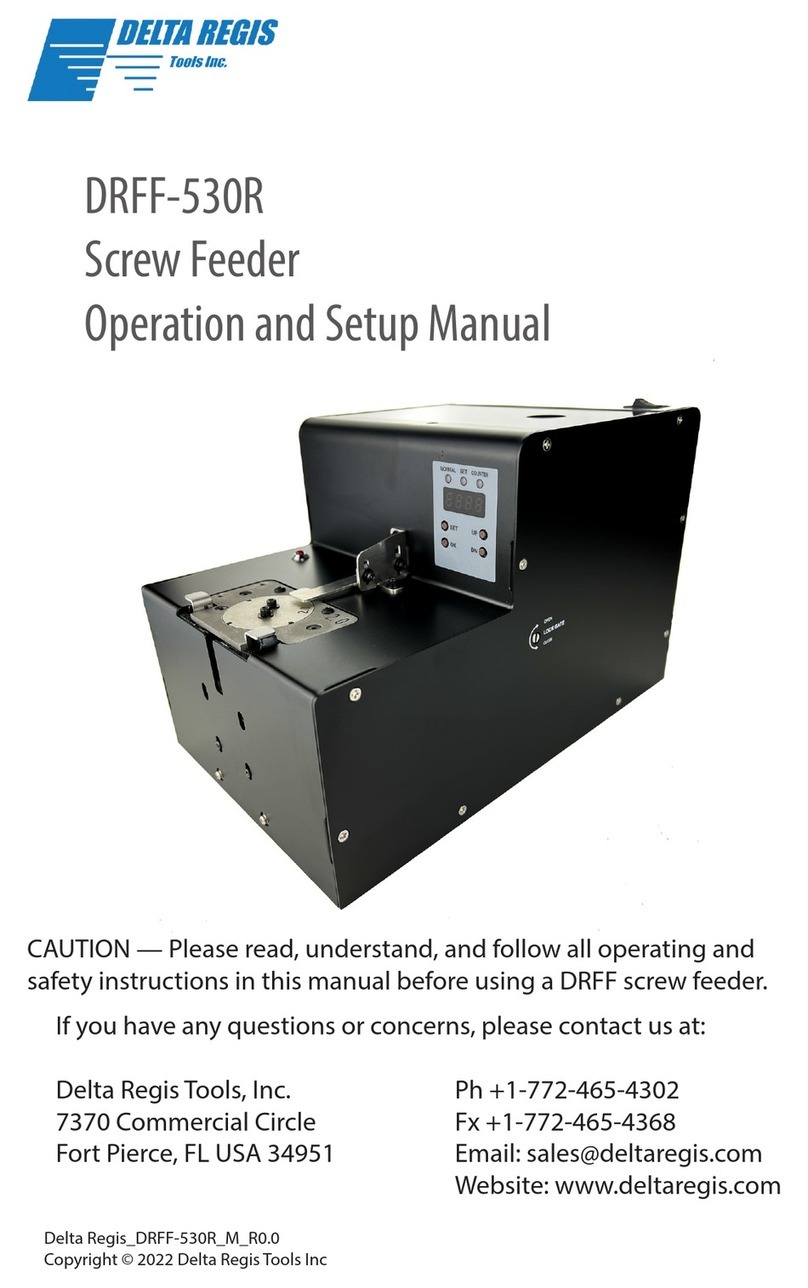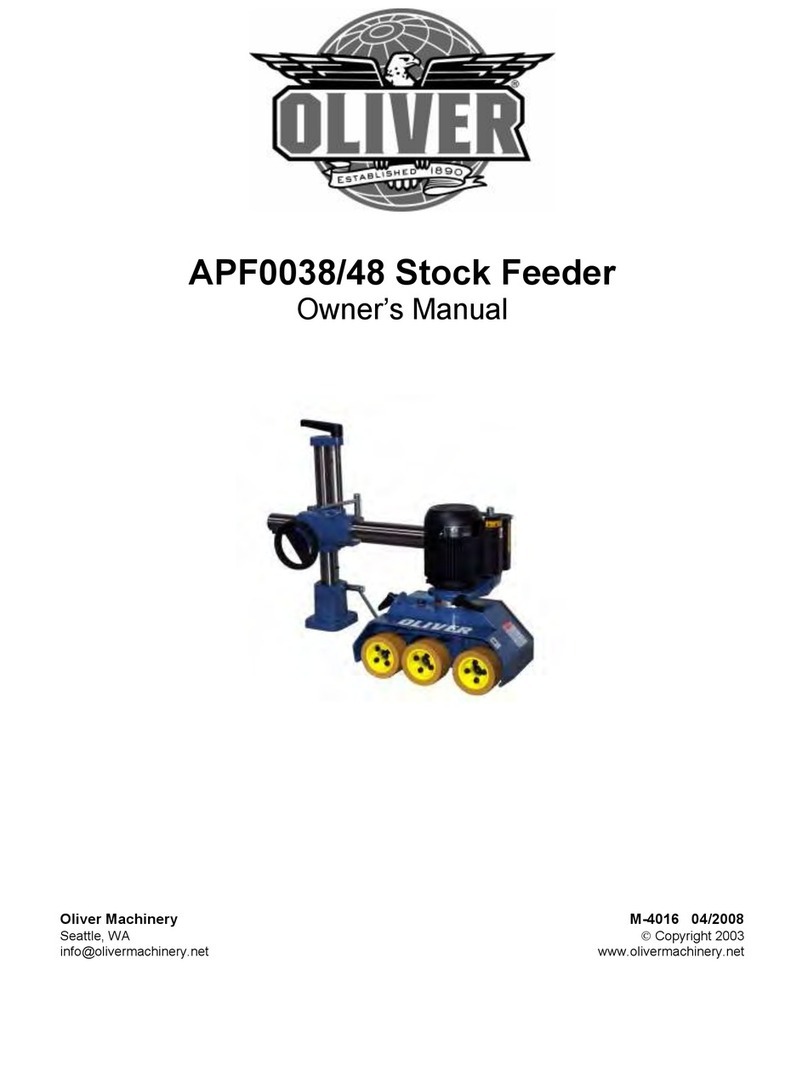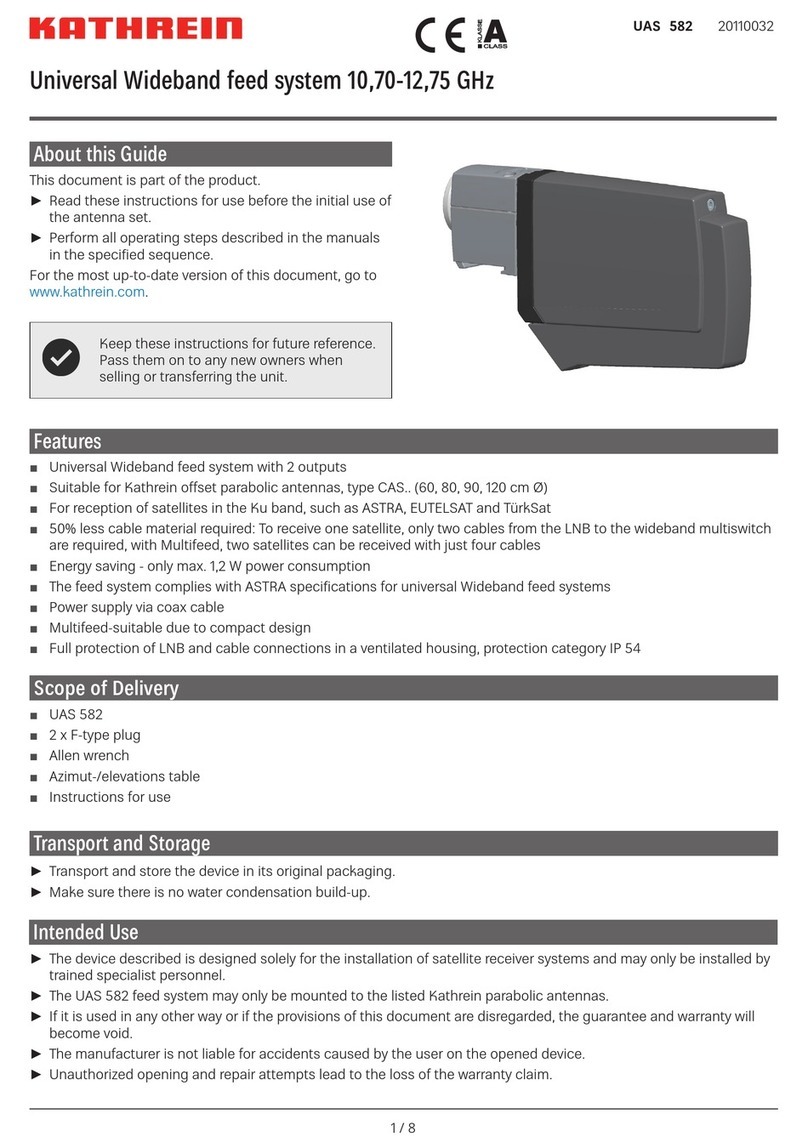2.a The welding gun and work (or ground) circuits are electrically “hot” when the welding operator
presses the trigger. Do not touch these “hot” parts with your bare skin or wet clothing. Wear
dry, hole-free gloves to insulate hands.
2.b Insulate yourself from work and ground using dry insulation. Make certain the insulation is
large enough to cover your full area of physical contact with work and ground.
In addition to the normal safety precautions, if welding must be performed under
electrically hazardous conditions (in damp locations or while wearing wet clothing; on
metal structures such as floors, gratings or scaffolds; when in cramped positions such
as sitting, kneeling or lying, if there is a high risk of unavoidable or accidental contact
with the workpiece or ground) use the following equipment:
Semiautomatic DC Constant Voltage Wire Welder
DC Manual (Stick) Welder
AC Welder with Reduced Voltage Control
2.c In semiautomatic or automatic wire welding, the electrode, electrode wire, electrode reel,
welding head, nozzle, or semiautomatic welding gun are also electrically “hot”.
2.d Always be sure the work cable makes a good electrical connection with the metal being
welded. The connection should be as close as possible to the area being welded.
2.e Ground the work or metal to be welded to a good electrical (earth) ground.
2.f Maintain the electrode holder, work clamp, welding cable and welding machine in good, safe
operating condition. Replace damaged insulation.
2.g Never dip the electrode in water for cooling.
2.h Never simultaneously touch electrically “hot” parts of electrode holders connected to two
welders because voltage between the two can be total of the open circuit voltage of both
welders.
2.i When working above floor level, use a safety belt to protect yourself from a fall should you
get a shock.

